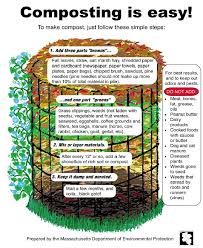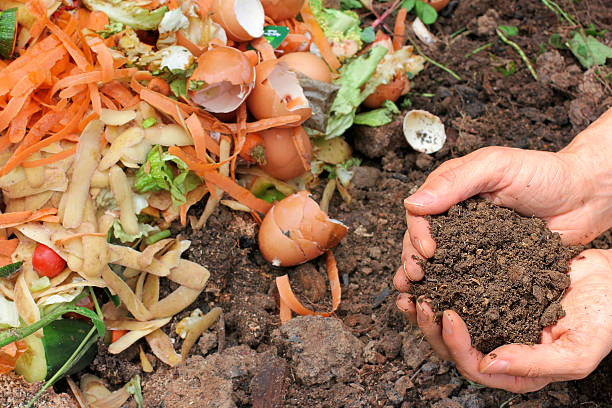Composting is a natural process that turns organic waste into nutrient-rich soil for your garden. Here is a simple guide to get you started:
1. Choose a Composting Method – There are many ways to achieve nutrient rich compost.
Here are different methods to compost, depending on your space and resources:
- Compost bin: A closed container to hold materials, good for small spaces or if you want to contain odors.
- Compost pile: A more open approach, good for larger areas. This can be made with Pallets, cinder blocks and other materials.
- Tumbler: A rotating drum that helps speed up the composting process.
- Kitchen compost containers and bags A way to start and add to existing piles, best to collect daily and add to outdoor pile.
2. Gather Materials
- **THERE IS A MAJOR NO-NO TO ADD TO THE COMPOST – NO MEAT OR FAT/OILS AND NO DAIRY. ** Avoid composting diseased plants, weed seeds and pet waste, as these can cause odors or introduce harmful bacteria.
You need both green (nitrogen) provides heat for breakdown and brown (carbon) materials.
Ratio is 2 parts Brown to 1 part green.
- Green materials (nitrogen-rich): These provide moisture and nutrients.
- Fruit and vegetable scraps
- Grass clippings
- Coffee grounds
- Eggshells
- Plant trimmings
- Manure from herbivores (chickens, cows, etc.)
- Brown materials (carbon-rich): These provide structure and help aerate the pile.
- Leaves
- Straw or hay
- Shredded paper or cardboard
- Sawdust (from untreated wood)
- Small branches or twigs

https://www.mass.gov/doc/poster-composting-is-easy/download
3. Create Layers
- Start with a layer of course, brown materials (e.g., small twigs or straw) at the bottom. This helps with air circulation.
- Alternate layers of green and brown materials, aiming for about two parts brown to one part green.
- Chop or shred larger materials (like cardboard or branches) to speed up decomposition.
4. Maintain Your Pile
- Aerate: Turn the compost pile regularly (every 2-3 weeks) with a pitchfork or compost aerator. This ensures oxygen reaches the microorganisms that break down the material.
- Moisture: Your compost should be as moist as a wrung-out sponge. Add water if it is too dry or more dry material if it is too wet.
- Temperature is very critical for decomposing material 90 – 140 degrees Fahrenheit. Pathogens in this range will be killed. Above 160 degrees compost can become sterile.
5. Let It Break Down
- Over time, microorganisms, worms, and other creatures break down the materials.
- The process can take 2-6 months depending on the size of your pile, the material, and how often you turn it.
6. Finished Compost
- When your compost is dark, crumbly, and smells earthy (not rotten), it is ready to use. It should look and feel like rich, dark soil.
- Use your compost in garden beds, flowerpots, or to enrich your lawn.
Tips:
- Smaller pieces decompose faster. Breaking down large items will speed up the process.
- If you have a compost bin, be mindful of the lid. Make sure it is not too tightly sealed to allow airflow.
With patience, you will have your own homemade compost, which will enhance the health of your plants!
From scraps to GOLD



